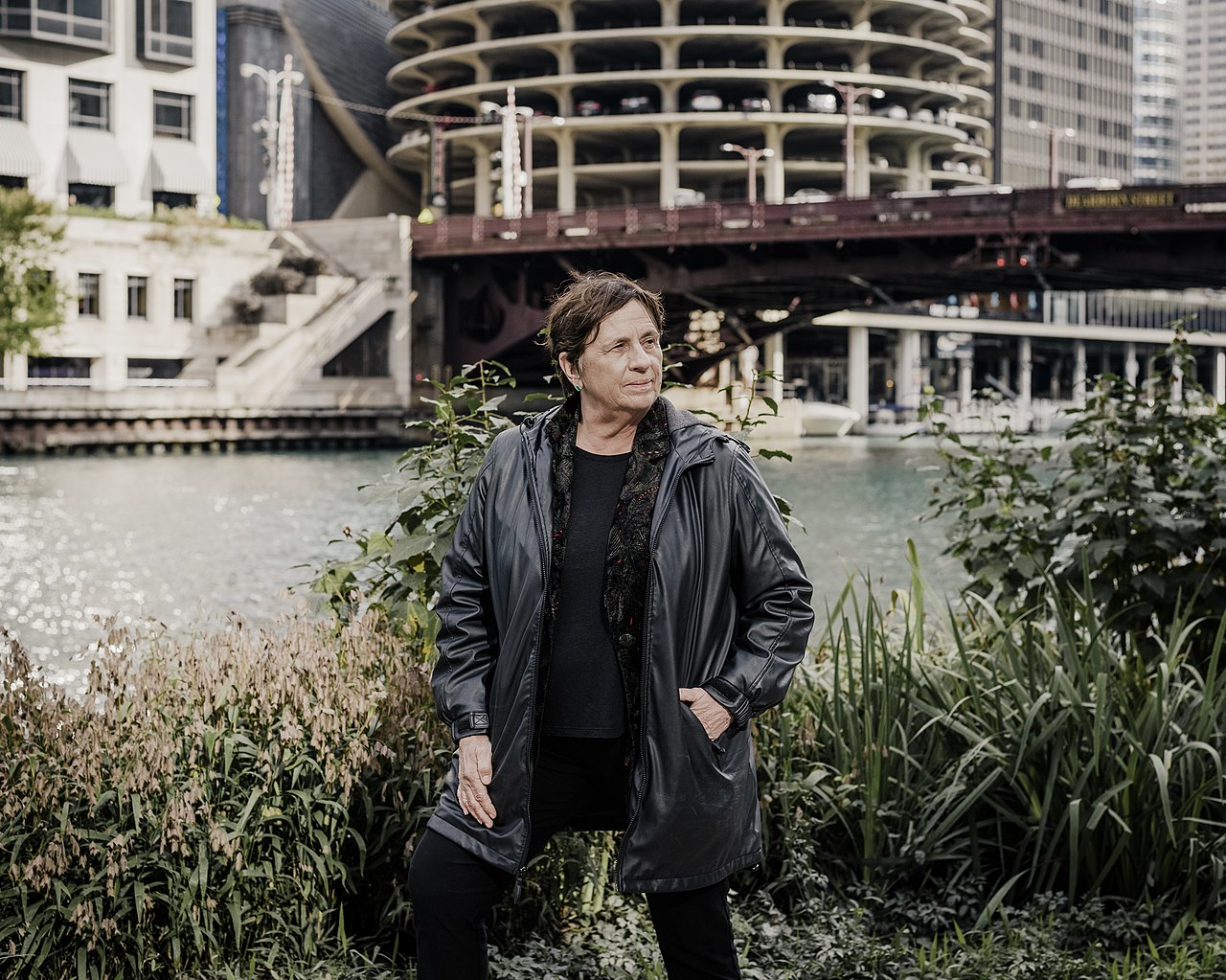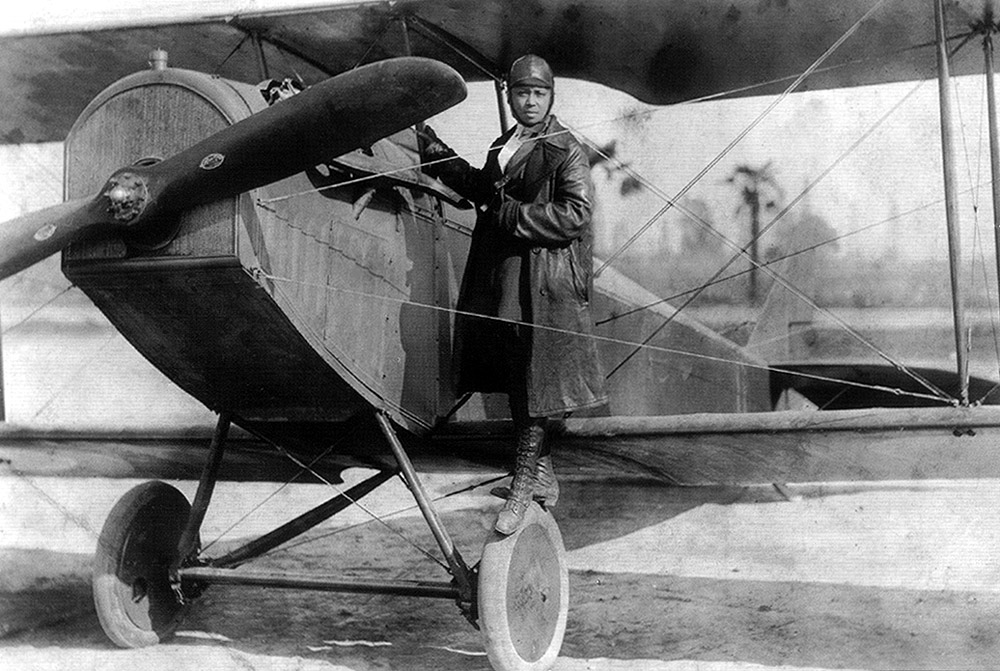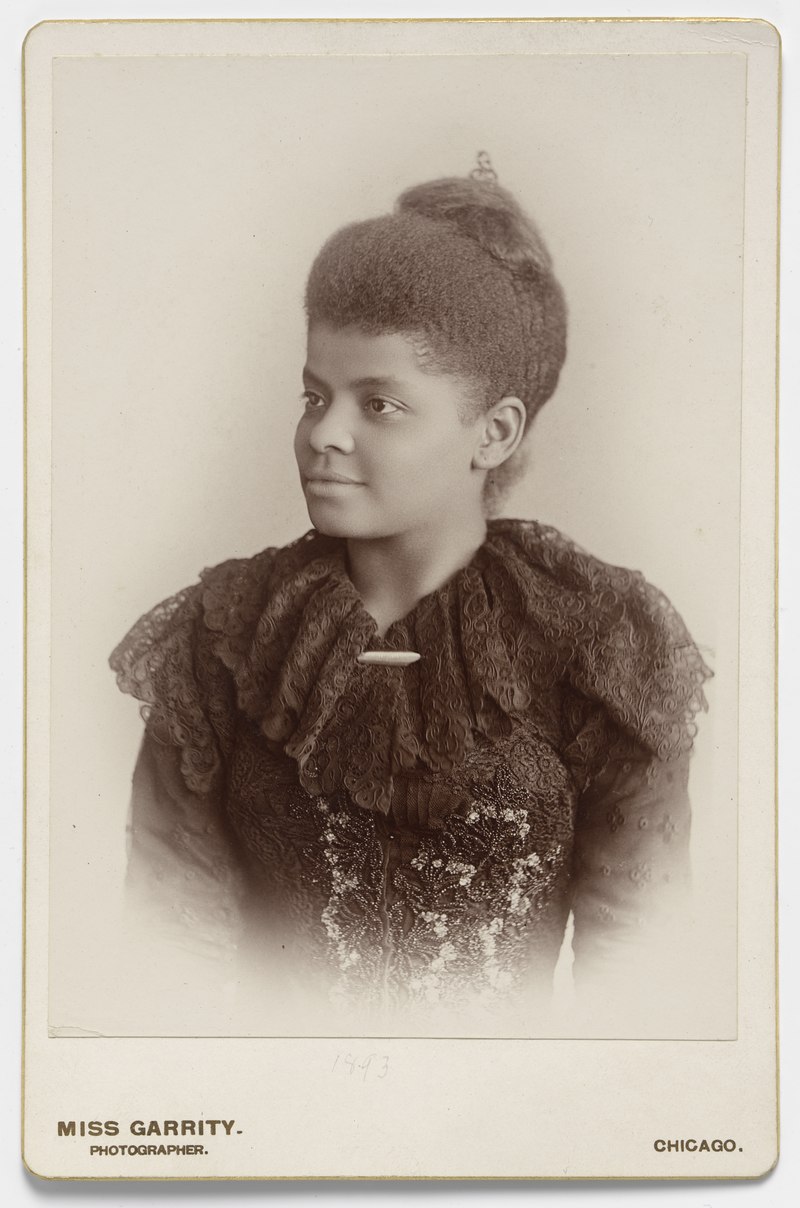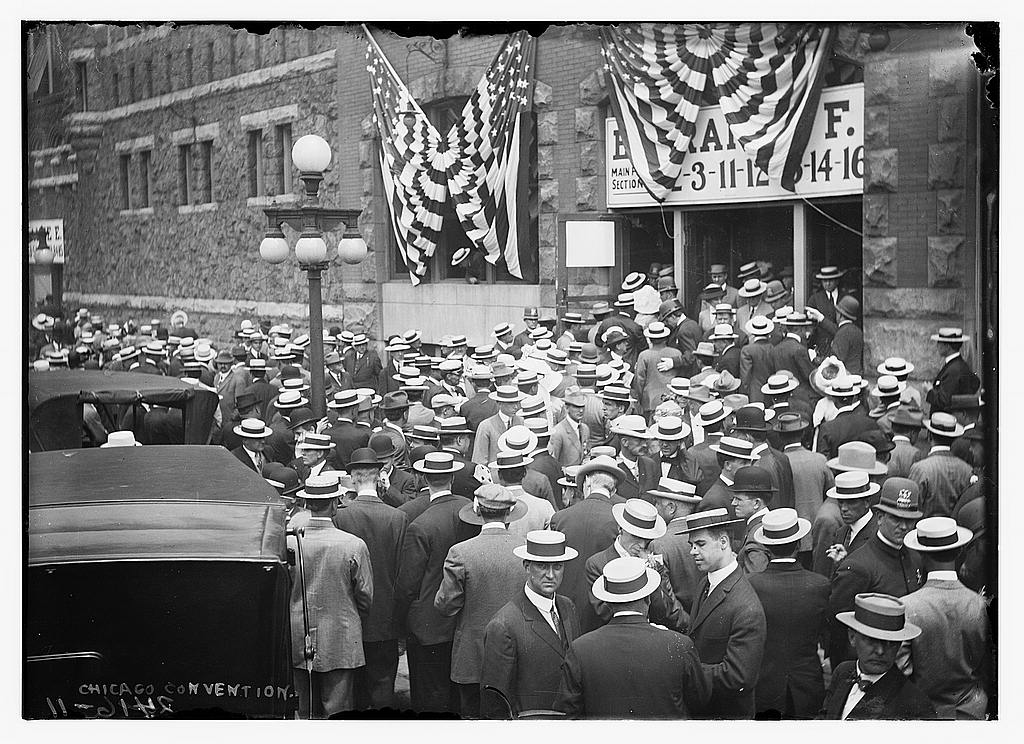The A. Philip Randolph Pullman Porter Museum could be one of Chicago’s most under-appreciated institutions. Frankly, I had no idea it even existed until just recently. While looking into a visit to the Pullman National Monument, I stumbled across the Pullman Porter Museum’s website. The museum, founded in 1995, memorializes the famous Pullman porters. and their key role in the Black labor movement. Since the museum’s very existence took me by surprise, I figured it was worth looking into the both the porters and the museum itself.
Working as a Pullman Porter
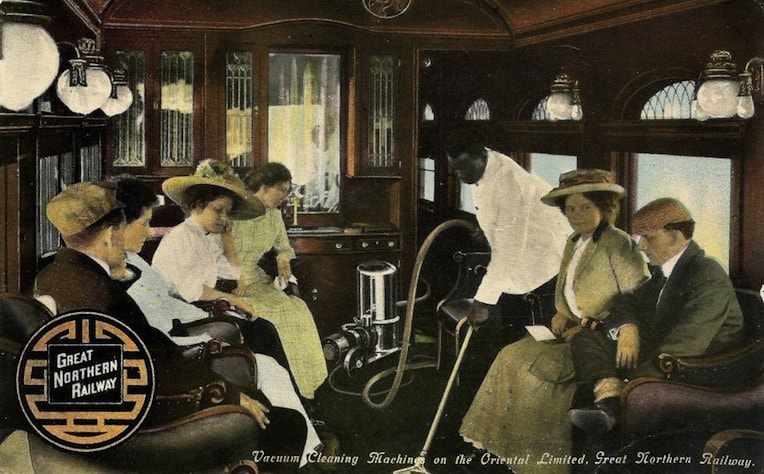
First, let’s get into some background on the Pullman Palace Car Company, a railcar manufacturer. Beginning in the 1860’s, Pullman specialized in construction high-end passenger cars for the railways that were starting to spread like wildfire across the American landscape. Pullman decorated its passenger and sleeper cars in a luxurious style that made passengers feel like members of the Gilded Age’s elite, whether they were or not.
Pullman Porters were the uniformed men who serviced the passengers in the railcars. As Pullman started the company in the years immediately following the Civil War, he made a point of hiring former slaves as porters. These railcar assistants helped passengers in every imaginable way and at all hours. To name just some of their duties, porters helped passengers board the trains, handled their luggage, set up the sleeping cars, shined shoes, and served meals. Their services contributed to the image of luxury associated with Pullman.
Hiring former slaves to work as servants was not exactly politically progressive. That era was still rife with virulent and outspoken racism. Porters dealt with a particular common example of this–white passengers called all Pullman porters “George.” Slaves had traditionally been named after their masters and the founder of the Pullman Company was named George. We see it today as a form of verbalized racial control for Whites, no matter their class, to call one of these porters “George.” Eventually, a joking group named the “Society for the Prevention of Calling Sleeping Car Porters ‘George'” was formed. Yet even this group had an ugly side. Their joking protest was for white men named George who did not like the association with Black workers.
The Pullman Porter Union and the Black Middle Class
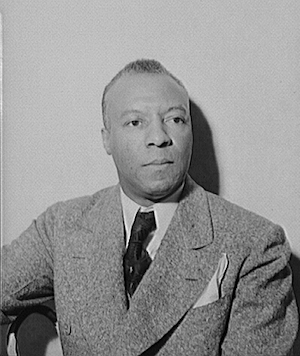
By the 1920’s, the labor force of many industries across the United States were unionizing. Unfortunately, the era’s blatant racism plagued the labor movement as well. The Order of Sleeping Car Conductors only organized white male workers. In response, a civil rights and labor leader named A. Phillip Randolph organized the Brotherhood of Sleeping Car Porters. It was the first labor union for African-Americans.
Pullman porters were held in esteem in the African-American community for their professionalism. Even without a union, their visibility and pay had made them a key part of the emerging Black middle class. Because of that position, many porters and members of the community opposed the unionization drive. They feared the potential repercussions of overreaching. Honestly, considering the constant legal and physical harassment that African-Americans faced in this era, I understand the concerns. It’s extraordinarily tough to stick your neck out when you’re part of a persecuted minority.
Working for Workers’ Rights
The new union went to work combatting the poor working conditions and racism that Pullman porters endured. The most immediate area of concern was poor pay for the average Pullman porter. Despite working up to 20 hours a day and doing a huge variety of tasks, porters got most of their income from tips. These tips were often enough for porters to support themselves and their families, but it was hardly a guaranteed income. Black porters were ineligible for promotion to positions like conductor. The Brotherhood of Sleeping Car Porters fought the Pullman company, other unions, and government regulations before winning an agreement for its members in 1935.
A. Philip Randolph, the union’s leader and the museum’s namesake, was instrumental in both the labor and civil rights movements. Under his leadership, the Brotherhood of Sleeping Car Porters successfully pushed for desegregation of the defense industries and military. It was also associated with the successful Montgomery Bus Boycott. Randolph was even the planner and organizer of the famous March on Washington for Jobs and Freedom in 1963. He spoke both before and after Martin Luther King’s immortal “I Have a Dream” speech.
Visit the A. Philip Randolph Pullman Porter Museum
While I haven’t had the chance to but tickets and visit the museum yet, its exhibits and activities make it seem like a key part of the new Pullman National Monument. The main exhibits at the museum focus on the history of A. Philip Randolph and the black labor rights movements. You’ll also find exhibits that tell stories from the Great Migration and the Civil Rights Movement.
The museum has also launched a historic registry for Pullman porters and other African-American railroad employees. The registry is collecting information about former porters and dining car waiters. With thousands of oral histories collected, the museum hopes to use the registry as a tool for enshrining and promoting the vast legacy of the Pullman porters on African-American history.
So in addition to touring the incredible historic architecture of the Pullman District, you can make sure to pop into the museum. It doesn’t have the visibility of heavyweights like the Field Museum or Art Institute, but its an important element of Chicago’s cultural institutions.
– Alex Bean, Office Manager and Tour Guide
